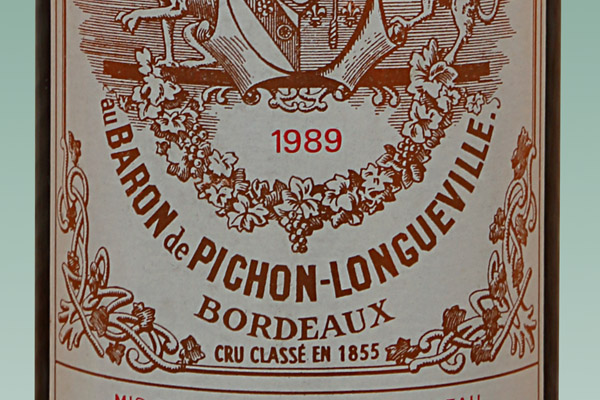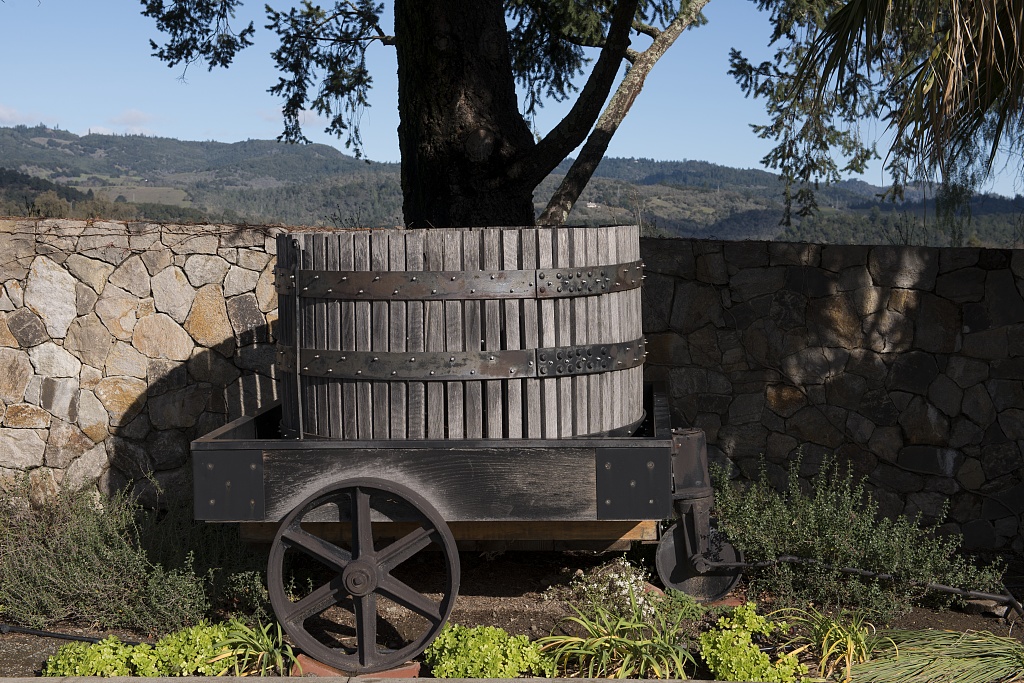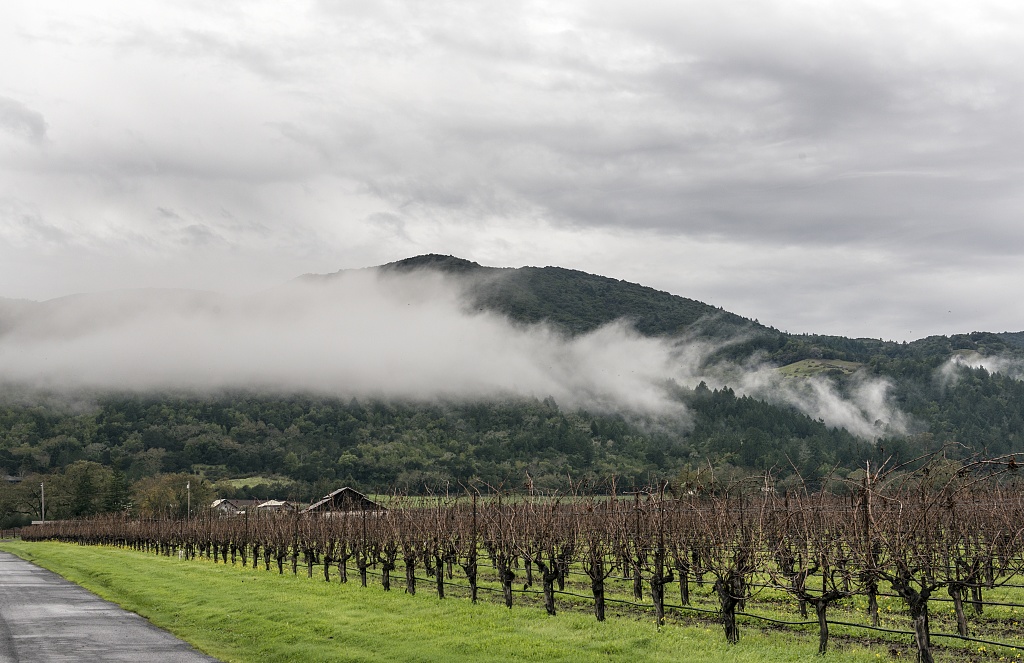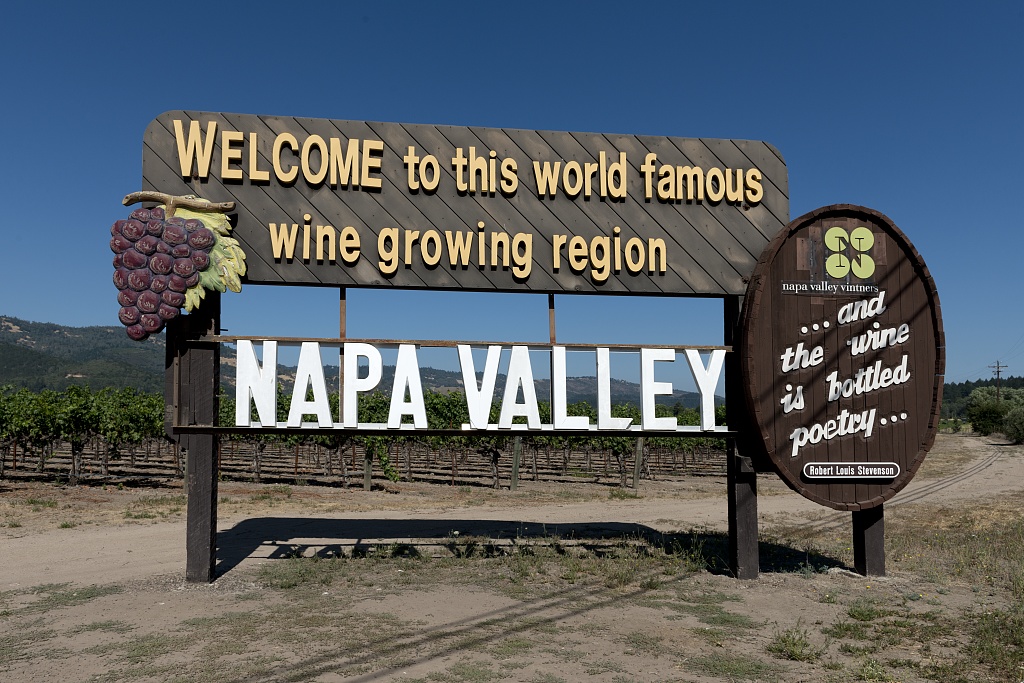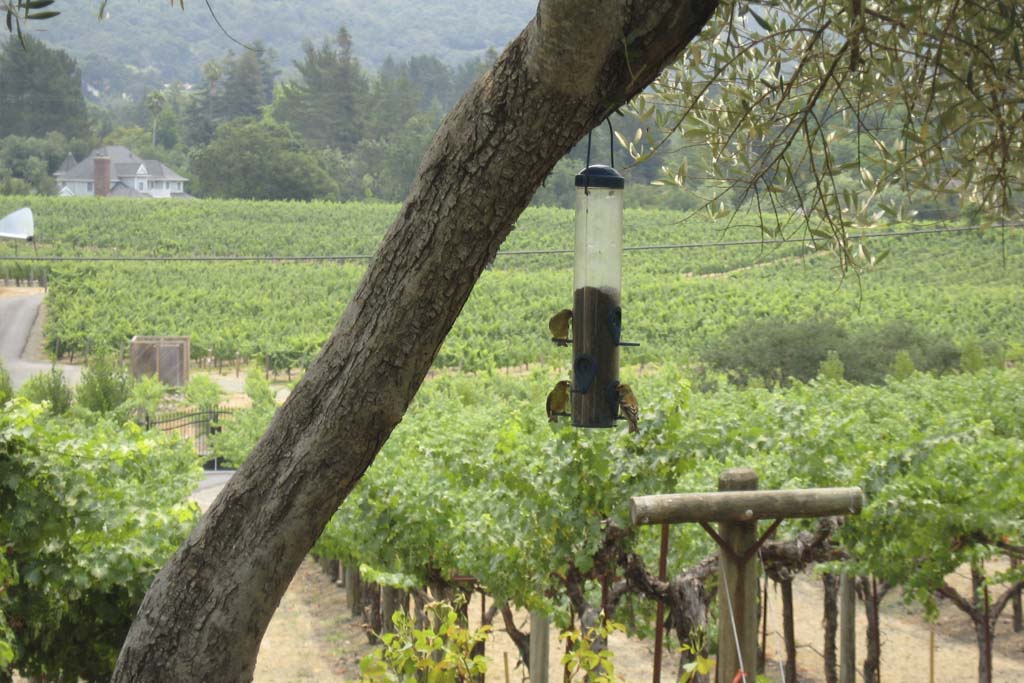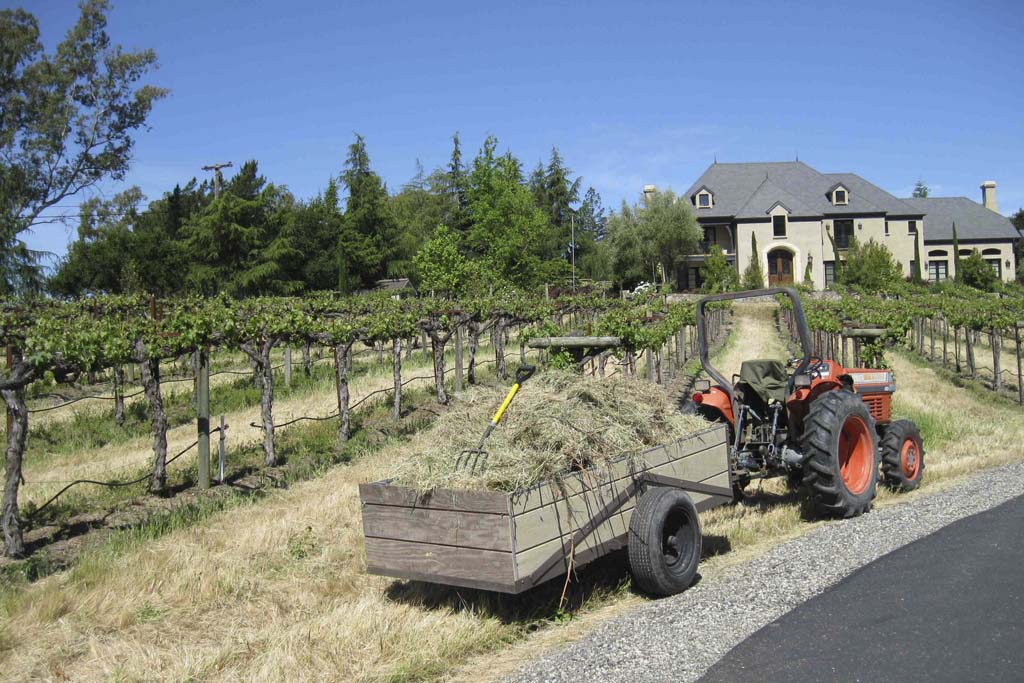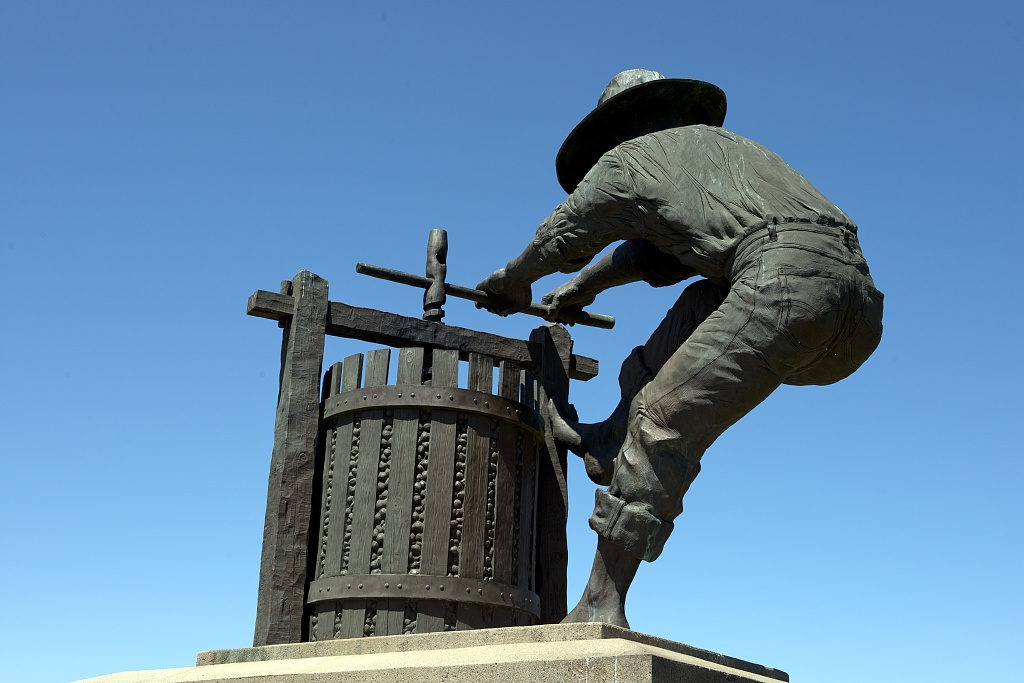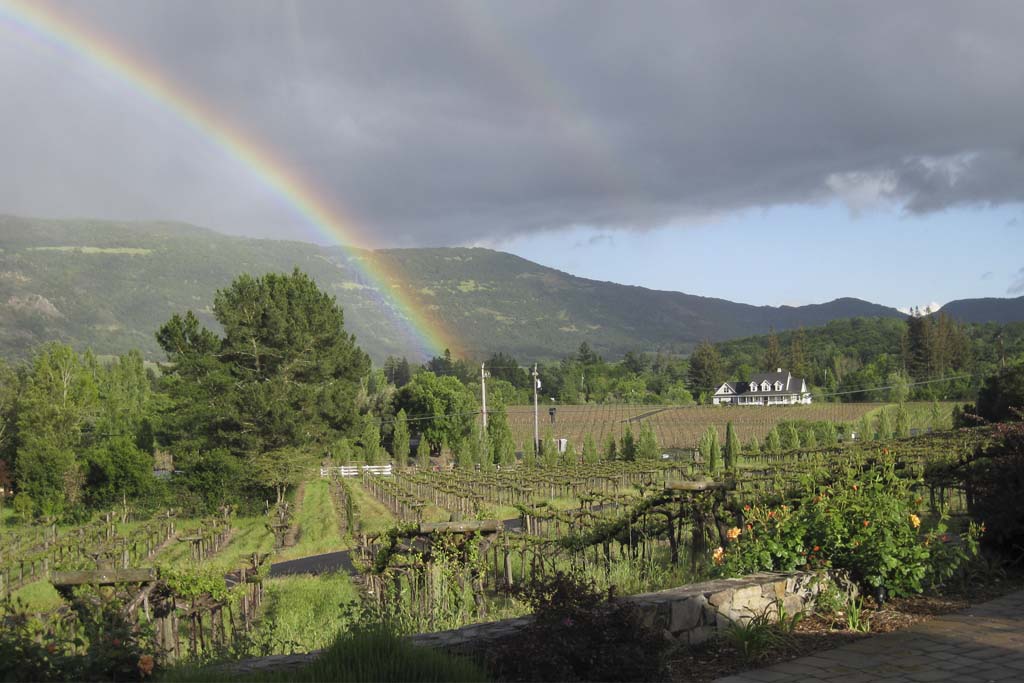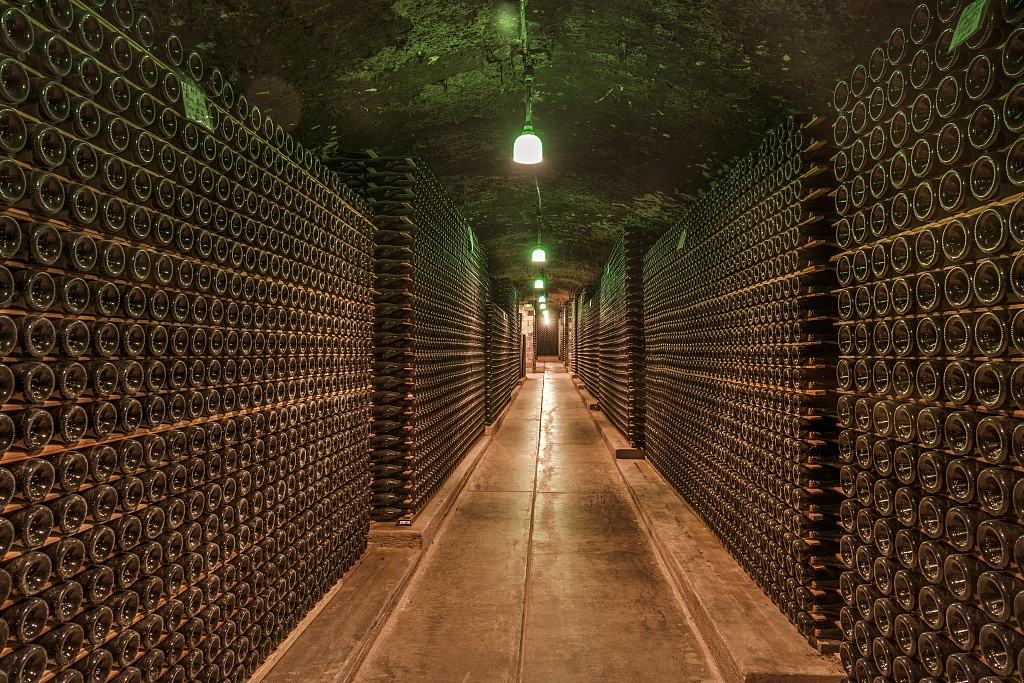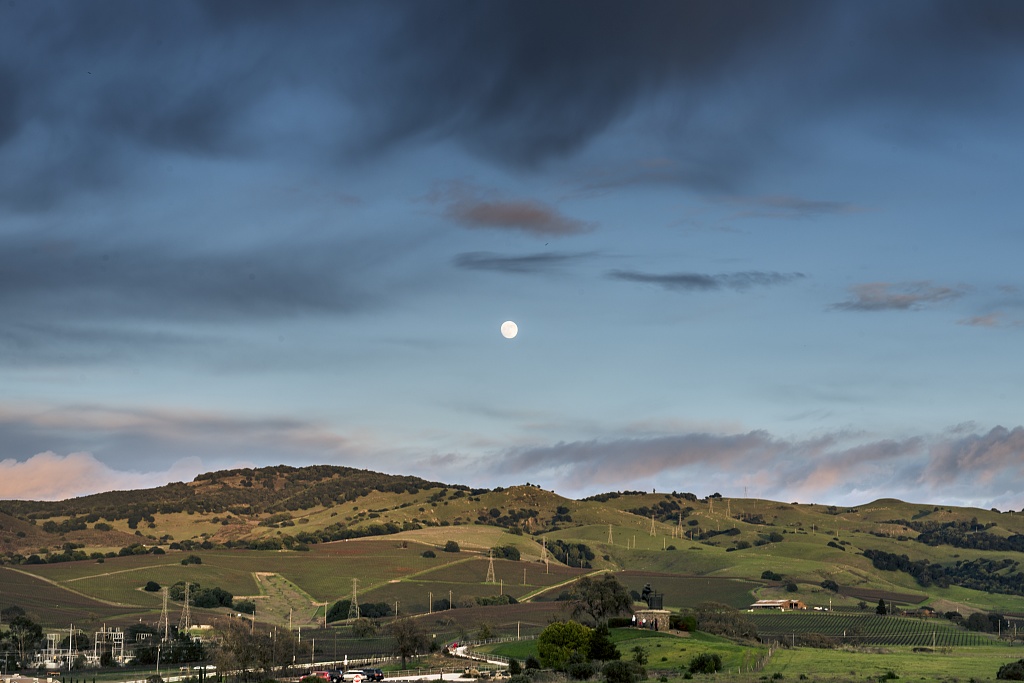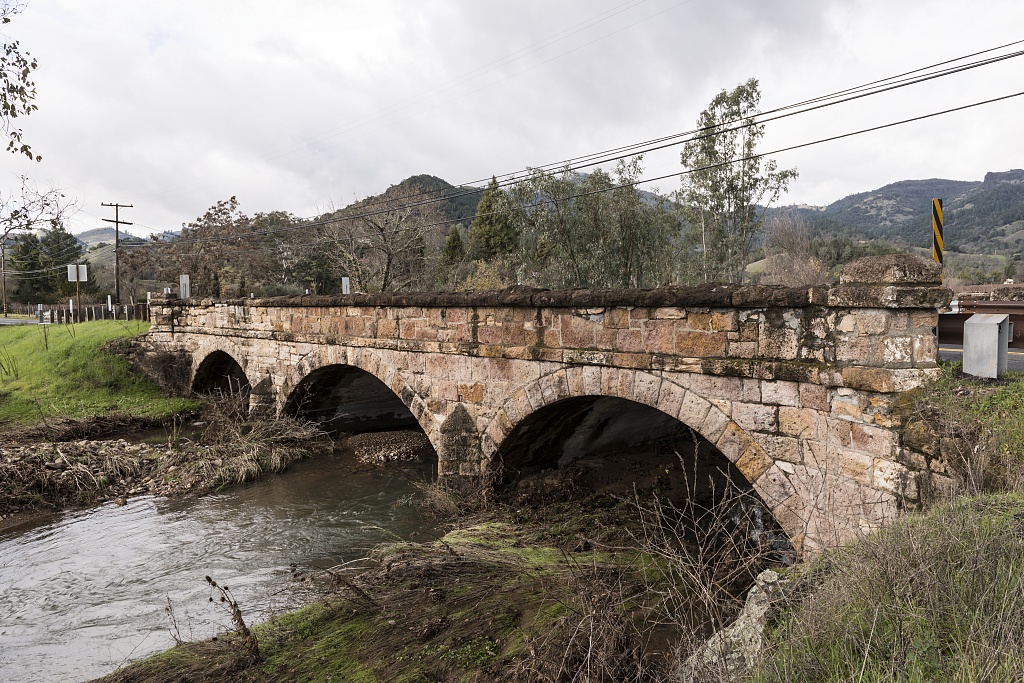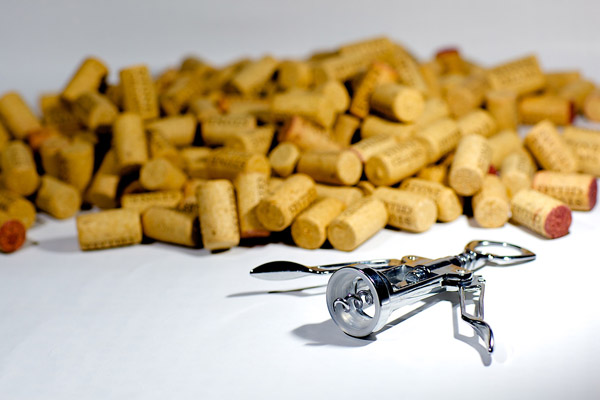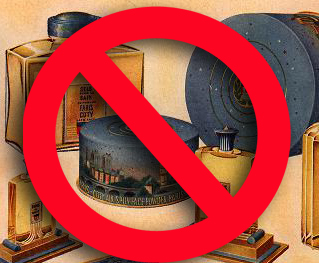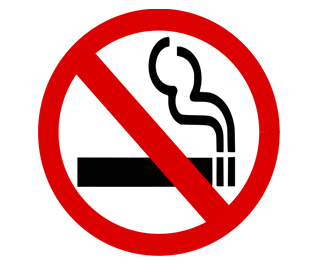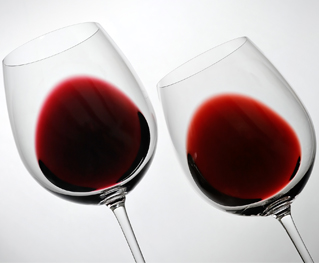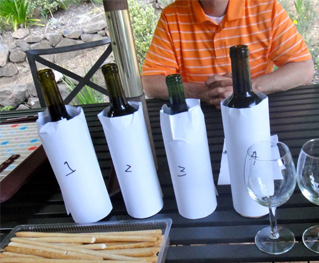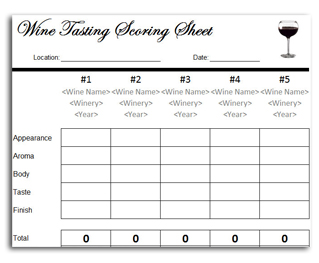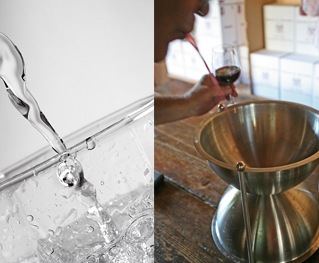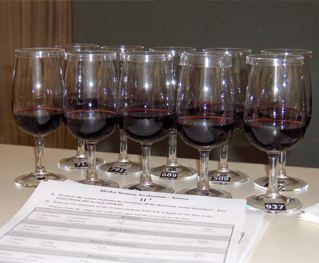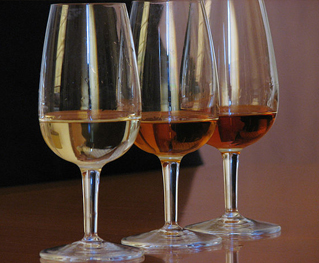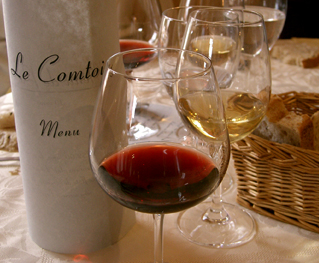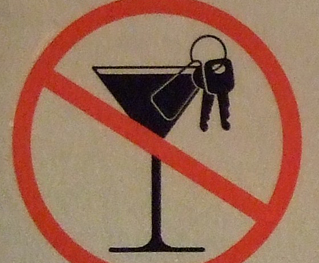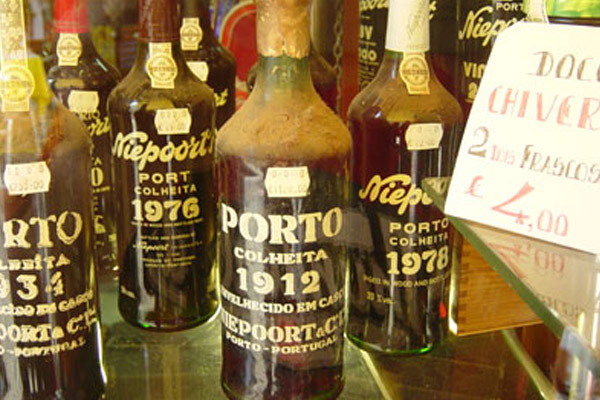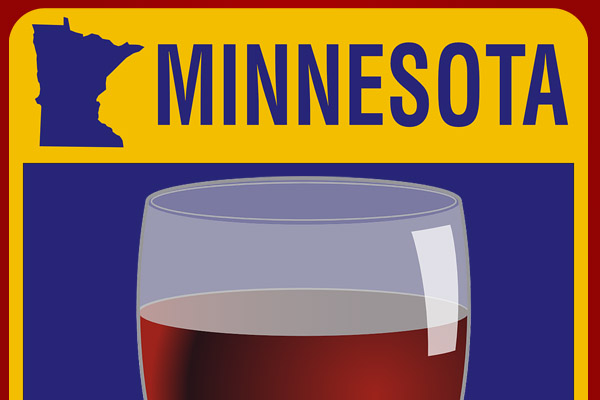
By Joseph Temple
Wine and Minnesota. Two words that few people living outside the North Star State would put in the same sentence. With temperatures dipping to well below zero during the winter months, the land of ten thousand lakes appears to be an odd place for winemaking. And yet, the state is one of America’s fastest growing regions for viticulture, with its wineries and vineyards producing over 90,000 gallons in 2009.
So how could a region synonymous with Vikings and frigid weather produce such quality wine usually associated with a lush Mediterranean climate? The answer: working alongside state vintners, scientists at the University of Minnesota have created a series of grape varieties that are able to withstand harsh winters while producing truly exceptional wines.
Some of these include:
Marquette – descending from pinot noir grapes and offering tannins that most of the region’s grapes cannot, this is a dry red wine with a complex, spicy and fruity finish;
Frontenac Gris – similar to Riesling, this white wine has traces of honey crisp apple and tropical/citrus fruit flavors;
La Crescent – a sweet wine perfect for dessert, its intense apricot, citrus and pineapple aromas make it one of U of M’s best creations.
With two branches in Minneapolis/St. Paul and Rochester, the International Wine & Food Society is proud to be active in the region. So please share your thoughts and experiences of Minnesota wine in the comments section.
